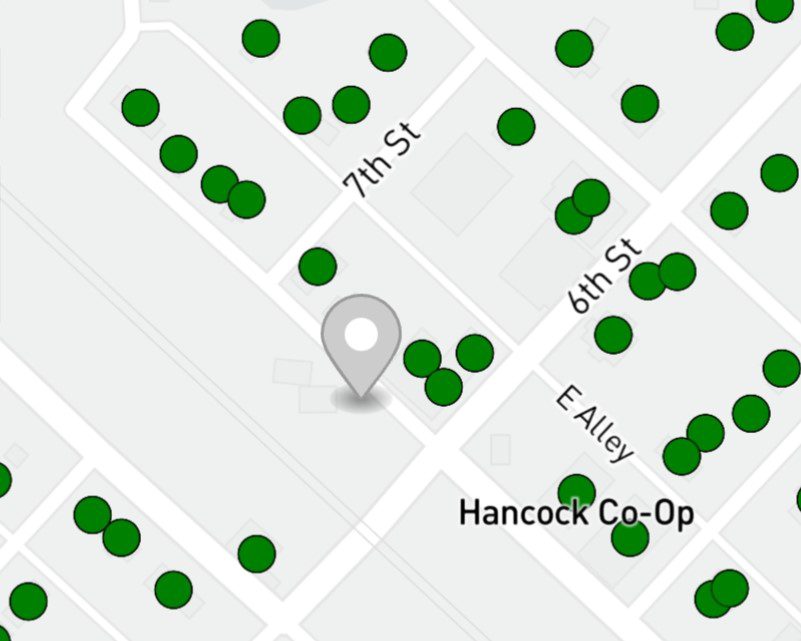NTCA, NRECA Suggest Improvements to BDC Reporting
Randy Sukow
|

There is general agreement that the FCC’s Broadband Data Collection (BDC) has improved industry understanding of where broadband service exists and where it does not, but that the process is not perfect. Eligibility for broadband funding in many rural areas depends on the accuracy FCC data and its National Broadband Map (NBM). So, the FCC is seeking to refine BDC reporting. In comments, NTCA-The Rural Broadband Association and NRECA both found flaws with wireless broadband reporting.
For example, the rules for fixed wireless carriers differ from those for other broadband technologies, NTCA said in its comments. Some rural wireless carriers submit only addresses to the “Fabric,” the FCC’s data base of broadband availability locations, while others submit coverage maps (shapefiles) along with propagation models and base station locations and heights. Without the additional information, “factors critical to assessing fixed wireless providers’ ability to meet claimed service levels are often not available for Commission or challenger review under current BDC filing specifications,” it said.
NTCA asked the Commission to standardize the data reporting specifications “to all fixed wireless submissions whether made via shapefiles or [Broadband Serviceable Location] lists.”
NRECA says that it has assisted its members in filing challenges to more than 266,000 locations. Like NTCA, it sees wireless carriers as the sour of some inaccuracies in NBM. Many large national mobile carriers, it said, have been reporting 5G coverage as “fixed wireless.” It called on the FCC to prohibit the practice “with appropriate enforcement mechanisms [including penalties] for noncompliant entities.”
“For a variety of reasons, mobile 5G is not equivalent to fixed wireless service. Fixed wireless service provides a more reliable connection, with more consistent speeds than mobile service,” NRECA said. It claimed that true fixed services use multiple input, multiple output (MIMO) antennas and beamforming to improve throughput to specific subscribers and are less likely than mobile carriers to impose monthly data caps.
Another source of inaccuracy, NRECA said, is that carriers’ advertised speeds do not match reality. “In conversations with NRECA members, the inability to submit challenge data based on individual speed tests is perhaps the most frustrating aspect of the overall BDC initiative for consumers, and because of their location rural residents are disproportionately affected,” the association said.
NRECA asked the FCC to allow challenge to all forms of fixed broadband service to include test results from a variety online apps measuring both speed and latency. Currently, the FCC only allows speed test data from its own online speed test. The FCC has created a process to allow data from third-party speed tests but has not approved any of those alternatives. “So far as NRECA is aware, the Commission has not explained why several well-known, reputable, commonly used speed tests have not been approved for use,” it said.


